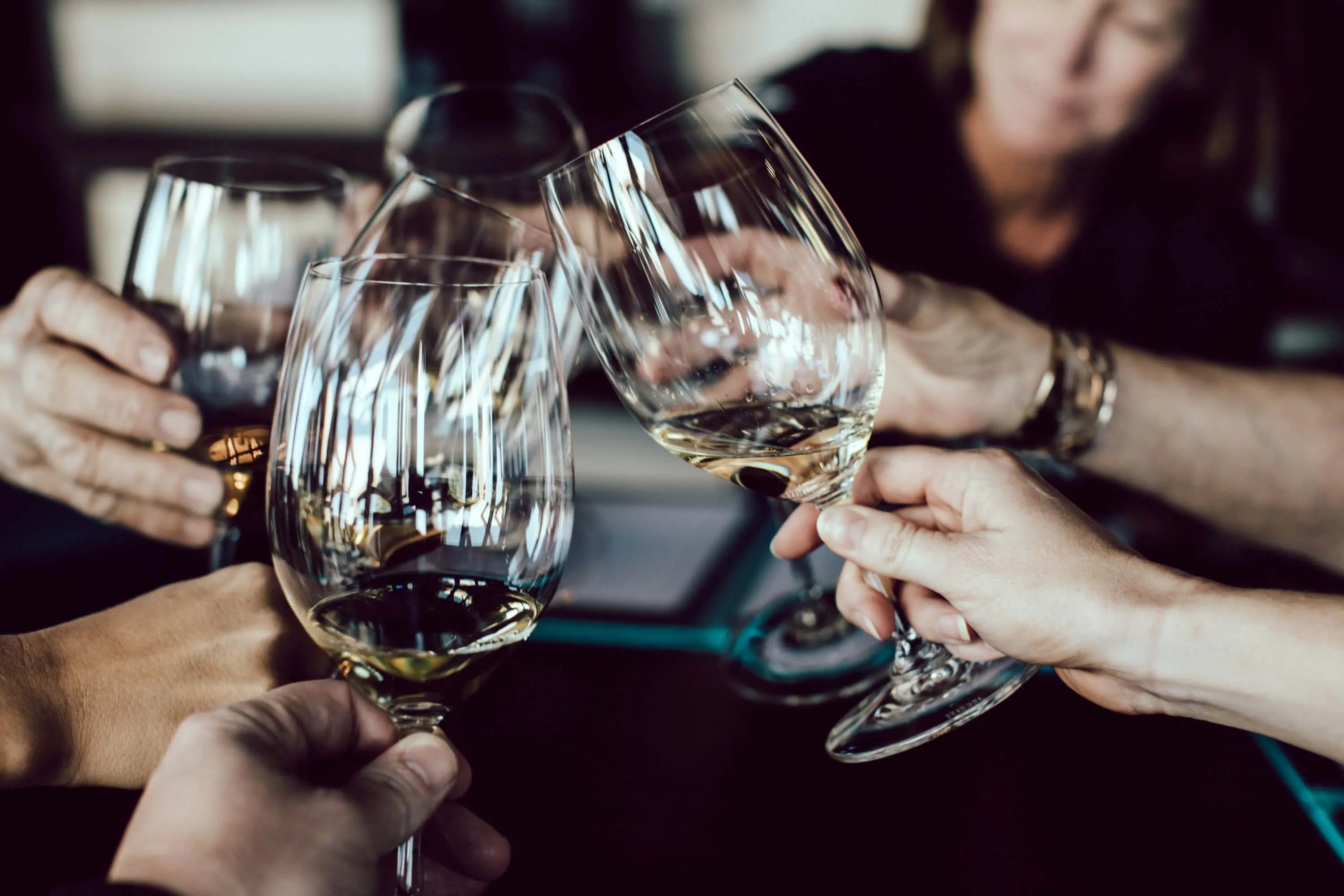Hello!
In today’s digital age, having an online presence is no longer a luxury—it’s a necessity for winery owners. With more and more wine enthusiasts turning to search engines like Google to discover new wineries, find tasting events, and learn about different varietals, optimizing your website for search engines (a process known as SEO) is crucial for attracting new customers and driving sales.
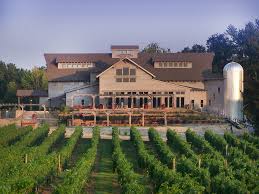 However, winery SEO isn’t as simple as sprinkling keywords throughout your website. It requires a strategic, multifaceted approach considering various factors, from on-page optimization to local SEO tactics and content creation.
However, winery SEO isn’t as simple as sprinkling keywords throughout your website. It requires a strategic, multifaceted approach considering various factors, from on-page optimization to local SEO tactics and content creation.
In this comprehensive guide, we’ll explore proven strategies and techniques for winery SEO, helping you outrank your competitors and ensure that your winery stands out in the crowded online marketplace.
What is Winery SEO?
Winery SEO refers to optimizing a winery’s website and online presence to improve its visibility in search engine results pages (SERPs). Winery SEO aims to increase organic (non-paid) traffic to the winery’s website by improving its ranking for relevant search queries related to wine, winemaking, wine tasting, vineyards, and related topics.
Why Winery SEO Matters?
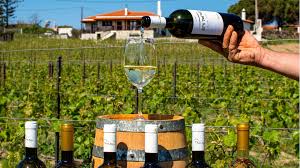 Before we delve into the nitty-gritty of winery SEO, let’s address the elephant in the room: why should you even bother with SEO in the first place? The answer is simple: because that’s where your customers are.
Before we delve into the nitty-gritty of winery SEO, let’s address the elephant in the room: why should you even bother with SEO in the first place? The answer is simple: because that’s where your customers are.
Think about it: when did you last open the Yellow Pages to find a local winery? Chances are, you can’t even remember.
Today, people turn to search engines like Google to find businesses of all kinds, including wineries.
By optimizing your website for search engines, you’re increasing your chances of being found by potential customers who are actively searching for wineries in your area, wines in your price range, or tasting events and experiences like the ones you offer.
Furthermore, SEO offers a significant return on investment (ROI). Unlike paid advertising, which requires continuous investment to maintain visibility, a well-executed SEO strategy can provide long-lasting results, driving organic traffic (and potential customers) to your website for years.
The Foundations of Winery SEO
Before we discuss specific strategies, let’s review the foundational elements of winery SEO that you need to establish right from the start.
Technical SEO
Technical SEO refers to the behind-the-scenes elements of your website that ensure it’s crawlable and indexable by search engines. This includes factors like site speed, mobile-friendliness, XML sitemaps, and structured data markup.
While technical SEO might sound intimidating, it’s crucial to ensure that search engines can find, understand, and properly index your website’s content.
On-Page Optimization
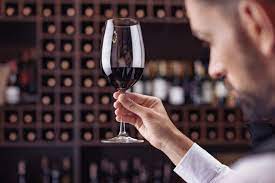 On-page optimization refers to the elements on your website’s pages that you can control, such as title tags, meta descriptions, header tags, and the content itself.
On-page optimization refers to the elements on your website’s pages that you can control, such as title tags, meta descriptions, header tags, and the content itself.
By optimizing these elements with relevant keywords and providing valuable, informative content, you’ll improve your chances of ranking well in search results and enhance the user experience for visitors to your website.
Local SEO
As a winery, local SEO is essential for ensuring that nearby customers can find you easily. This involves optimizing your Google Business Profile (formerly Google My Business), acquiring citations from authoritative local directories, and earning positive reviews from satisfied customers.
By nailing local SEO, you’ll increase your visibility in the coveted “Google Local Pack” – the map listings and business results at the top of search engine results pages for local queries.
Winery SEO Strategies That Work
Now that you understand the foundations of winery SEO let’s explore some proven strategies that can help you outrank your competitors and attract more customers to your winery.
Keyword Research
The Foundation of Your SEO Strategy Keyword research is the backbone of any successful SEO campaign, including those targeting the wine industry. By identifying the keywords and phrases your potential customers use to search for wineries, tasting events, wine education, and more, you can create content that directly addresses their needs and interests.
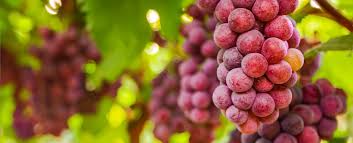 When conducting keyword research for your winery, consider the following:
When conducting keyword research for your winery, consider the following:
- Location-based keywords (e.g., “wineries in Napa Valley,” “best Pinot Noir in Willamette Valley”)
- Wine varietal keywords (e.g., “Cabernet Sauvignon,” “Chardonnay”)
- Wine tasting and event keywords (e.g., “wine tasting near me,” “vineyard tours”)
- Educational keywords (e.g., “how to taste wine,” “food and wine pairings”)
By targeting a mix of broad, mid-tail, and long-tail keywords, you’ll be able to attract wine lovers at various stages of the customer journey, from those just beginning to explore the world of wine to seasoned connoisseurs seeking more in-depth knowledge.
Content Creation
Establishing Your Winery as an Authority With your keyword research in hand, the next step is to create high-quality, engaging content that will appeal to your target audience and position your winery as an authority in the industry.
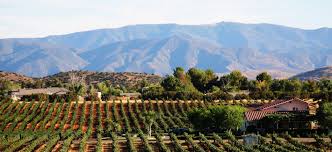 Here are some content ideas to consider:
Here are some content ideas to consider:
- Blog posts covering wine education topics, tasting notes, food pairings, and more
- Detailed pages showcasing your various wine offerings, complete with tasting notes and pairing suggestions
- Video content offering virtual tours of your winery, interviews with your winemakers, and educational segments
- Infographics and visual guides that break down complex topics in an easy-to-understand format
When creating content, always prioritize quality over quantity. Well-researched, informative, and engaging content will perform better in search results and help build trust and credibility with your audience.
Local SEO
Capturing the Nearby Wine Lover As a winery, your primary target audience is likely local wine enthusiasts and tourists visiting your region. That’s why local SEO is so crucial for your overall strategy.
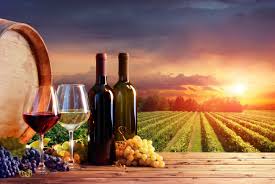 Here are some local SEO tactics to implement:
Here are some local SEO tactics to implement:
- Claim and optimize your Google Business Profile, ensuring that your business name, address, phone number, website, and hours of operation are consistent across all platforms.
- Acquire citations from authoritative local directories like Yelp and TripAdvisor and industry-specific directories like WineFolly or WineEnthusiast.
- Encourage satisfied customers to leave positive reviews on your Google Business Profile and other relevant platforms, as these reviews can significantly impact your local search rankings.
- Create location-specific pages on your website that are optimized for keywords related to your area (e.g., “Napa Valley wineries,” “best Sonoma County tasting rooms”).
- Leverage schema markup to enhance your local listings with rich snippets displaying additional information like opening hours, ratings, and more.
By nailing local SEO, you’ll increase your visibility in local search results and make it easier for nearby wine lovers to find and visit your winery.
Link Building
Earning Authority and Credibility In the world of SEO, links from authoritative, relevant websites act as endorsements, signaling to search engines that your website is a trustworthy and valuable resource.
 While link building can be challenging, particularly in the wine industry where many websites are reluctant to link out, there are several effective strategies you can employ:
While link building can be challenging, particularly in the wine industry where many websites are reluctant to link out, there are several effective strategies you can employ:
- Create exceptional content that other websites in your industry will want to link to, such as in-depth guides, original research, or interactive tools.
- Partner with complementary businesses in your area, such as restaurants, hotels, or tourism boards, to exchange links and cross-promote each other’s offerings.
- Participate in local events, sponsorships, or charitable initiatives, and leverage any media coverage or online mentions to acquire high-quality links.
- Reach out to relevant bloggers and influencers in the wine industry, offering them complimentary tasting experiences or product samples in exchange for honest reviews and links.
Remember, quality trumps quantity when it comes to link building. A few high-authority, relevant links will carry far more weight than many low-quality, spammy links.
Measuring and Adjusting
The Continuous Optimization Cycle SEO is an ongoing process, not a one-time task. As search engine algorithms evolve, user behavior shifts and new competitors enter the market, it’s essential to continuously measure, analyze, and adjust your winery SEO strategy.
 Here are some key metrics to track and optimize for:
Here are some key metrics to track and optimize for:
- Organic search traffic: Monitor the volume of visitors coming to your website from organic search results and identify the top-performing pages and keywords driving that traffic.
- Conversion rates: Monitor how many visitors complete desired actions on your website, such as making purchases, signing up for your mailing list, or booking tasting experiences.
- Local search visibility: Track your visibility in local search results, including your rankings in the Google Local Pack and the number of positive reviews you’ve received.
- Backlink acquisition: Regularly audit your backlink profile to identify new opportunities for high-quality link building and disavow spammy or low-quality links.
By continuously measuring and analyzing these metrics, you’ll be able to identify areas for improvement, adjust your strategy as needed, and stay ahead of the competition in the ever-evolving world of winery SEO.
The Future of Winery SEO: Trends to Watch
 As the wine industry continues to evolve, so will the winery SEO world.
As the wine industry continues to evolve, so will the winery SEO world.
Here are a few trends to keep an eye on:
- Voice Search Optimization: With the rise of virtual assistants like Siri, Alexa, and Google Assistant, more and more people are using voice search to find information and make purchases. Optimizing your content for voice search by using conversational language and targeting long-tail, question-based keywords will become increasingly important.
- Visual Search and Image Optimization: As visual search technologies improve, optimizing your website’s images and incorporating visual elements like infographics and interactive tools will become crucial for attracting and engaging wine lovers.
- Personalization and User Experience: Search engines are placing greater emphasis on personalized, user-centric experiences. By leveraging data and analytics to understand your audience’s preferences and behavior better, you can tailor your content and website experience accordingly, improving engagement and conversion rates.
- Local and Experiential Marketing: As more consumers seek out unique, locally focused experiences, incorporating elements of experiential marketing into your winery SEO strategy will become increasingly valuable. This could include promoting events, tours, and other immersive experiences through your website and local search channels.
By staying ahead of these trends and continuously adapting your winery SEO strategy, you’ll be well-positioned to outshine your competitors and attract a steady stream of wine-loving customers to your winery.
Conclusion
 In the crowded and competitive wine industry, mastering winery SEO is no longer an option—it’s a necessity.
In the crowded and competitive wine industry, mastering winery SEO is no longer an option—it’s a necessity.
By implementing the strategies and techniques outlined in this guide, you’ll be well on your way to outranking your competitors, attracting more qualified traffic to your website, and ultimately driving more sales and enhancing the success of your winery.
Remember, winery SEO is a marathon, not a sprint. It requires a long-term commitment, continuous optimization, and a willingness to adapt to the ever-changing search engine algorithms and user behavior landscape.
But with dedication, perseverance, and a strategic approach, you can transform your winery’s online presence into a powerful marketing tool that delivers a steady stream of new customers and cements your reputation as a leader in the wine industry.
So, what are you waiting for? It’s time to uncork the full potential of winery SEO and watch your business flourish like never before.
Thank you!
Join us on social media!
See you!

